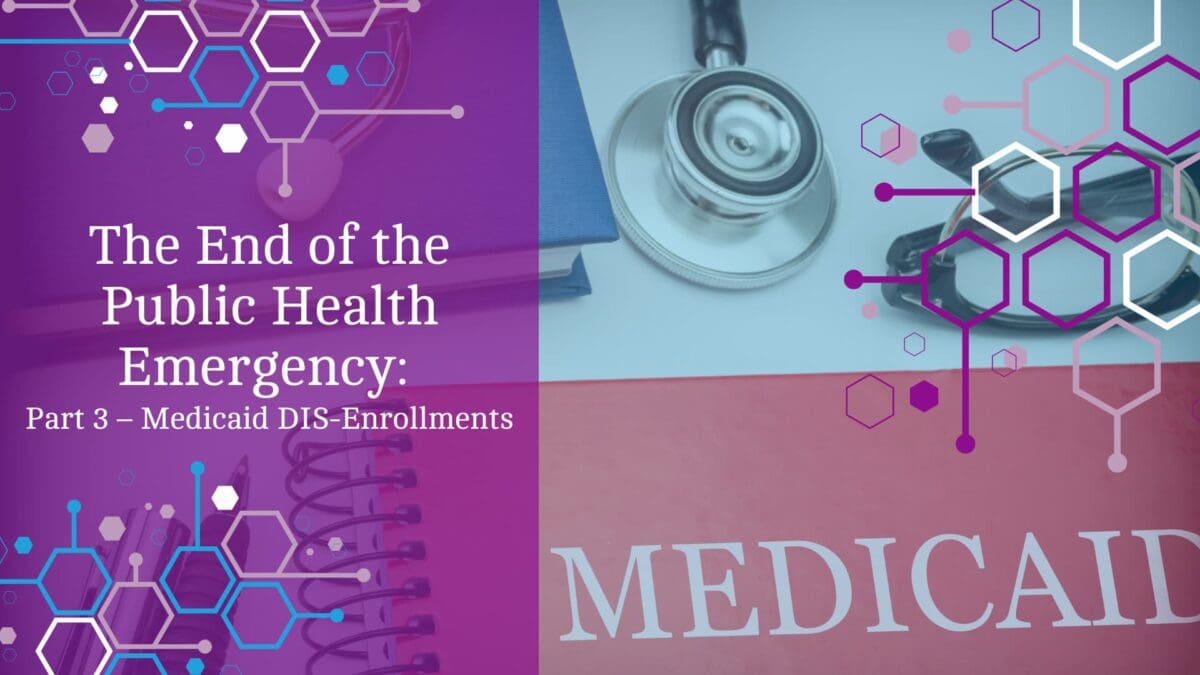The Consolidated Appropriations Act of 2023, signed by President Biden on December 29, 2022, ends the continuous health coverage requirement for Medicaid members during the public health emergency. While this requirement was in place, Medicaid members did not have to go through the usual annual redetermination of their eligibility for benefits. However, now that this requirement has ended, Medicaid members will receive renewal letters with requests for information. If they do not respond or respond late, they could lose their Medicaid coverage.
States could start this process as early as February 2023, and disenrollment may start on April 1, 2023. This means that some Medicaid members may lose their coverage starting in May 2023. However, many states have opted for an “unwinding” period over the course of twelve months. During this period, Medicaid members who do not respond to renewal letters or requests for information may lose their benefits.
The potential for Medicaid members to lose their coverage could have a significant impact on providers with a high concentration of Medicaid members. Providers may see a negative impact on their cash flow and need to have conversations with patients to encourage compliance with requests for information to avoid disenrollment. Additionally, contingency plans should be in place to ensure payment for future visits. This could include setting a cash-pay or sliding fee policy, providing assistance or information about the plans available on the Marketplace, completing any paperwork required for patients during the redetermination phase, and being available to support an appeal if necessary.
To avoid surprises and non-payment, providers should verify eligibility on all patients. According to the Kaiser Family Foundation, between 5 million and 10 million people will lose their Medicaid coverage as states re-start the redetermination phase. Providers should be prepared for a potential increase in uninsured patients and have plans in place to ensure they are still able to provide quality care to those in need.
The end of the public health emergency marks a new phase in the healthcare landscape. With the end of the continuous health coverage requirement for Medicaid members, providers must be proactive in ensuring their patients have the necessary information to maintain their coverage. This includes having conversations with patients, verifying eligibility, and having contingency plans in place to ensure payment for future visits. By doing so, providers can continue to provide quality care to all patients, regardless of their insurance status.
With our deep expertise in healthcare policy, reimbursement, and regulatory compliance, PractiSynergy has been guiding our clients through the complex and dynamic changes that have arisen with the conclusion of the PHE. Contact PractiSynergy to learn how to protect your cash flow through these upcoming changes.


